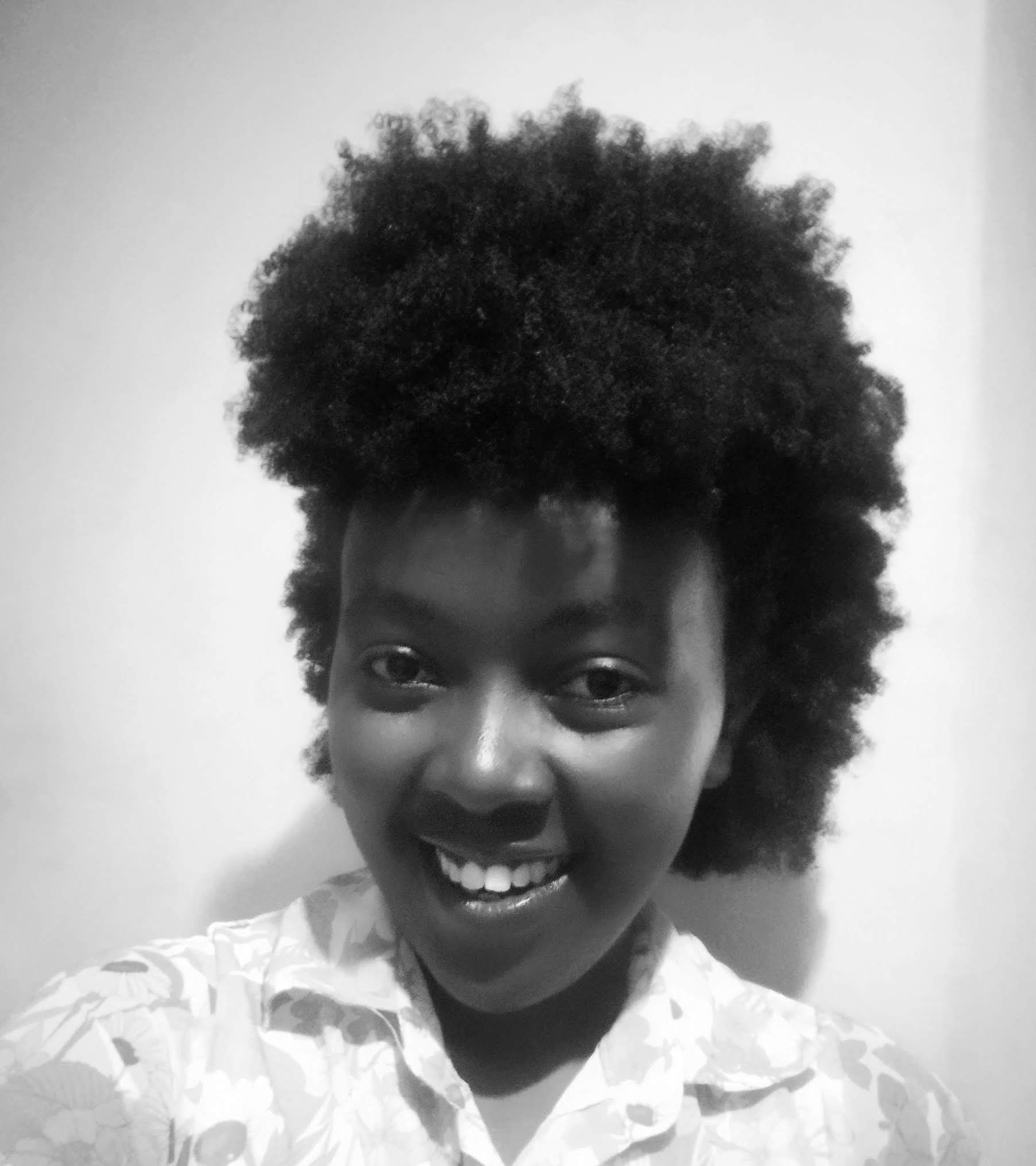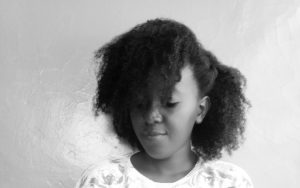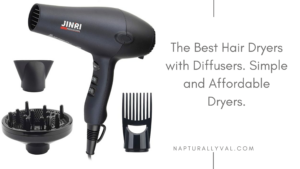I know how much we all cherish our curls, coils, and kinks. We spend hours nurturing them, from deep conditioning sessions to protective styling, all in the name of healthy hair. But sometimes, despite our best efforts, our hair can start to show signs of wear and tear. The most common culprits? Damaged and split ends.
Identifying damaged and split ends early on and knowing when it’s time to give them the chop is crucial for maintaining the overall health of your hair. In this post, we’ll dive deep into what damaged and split ends look like, how to tell if your hair needs a trim, and why cutting those ends is the best thing you can do for your natural hair.
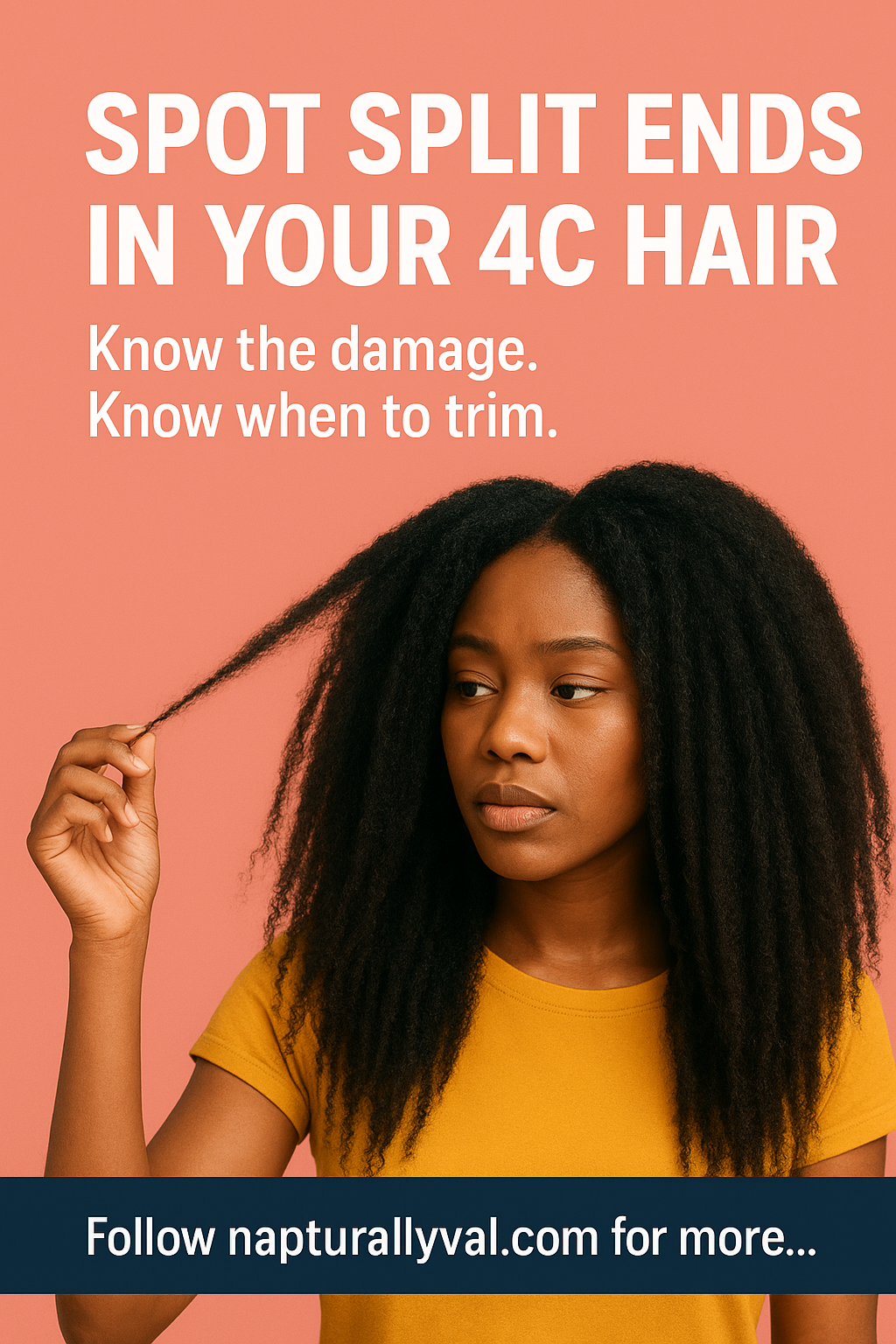
Feel like your hair has been the same length forever, I’ve an Ebook that will help you grow your hair healthier, longer and thicker. Grab your copy here… Also, check out all the Ebooks,guides and journals that will go a long way in your hair care journey here
Table of Contents
Split Ends & Hair Damage: Signs, Causes & When to Trim
What Are Split Ends and Damaged Hair?
Before we get into the nitty-gritty of how to spot them, let’s talk about what damaged hair and split ends actually are.
Split Ends occur when the protective outer layer of your hair (the cuticle) becomes damaged and begins to fray. This can happen due to a variety of reasons—excessive heat styling, chemical treatments, rough handling, or even environmental factors like sun exposure. When the cuticle is compromised, the inner cortex of your hair becomes exposed, causing the hair shaft to split.
Damaged Hair goes beyond split ends. While split ends are a form of damage, your hair can also be damaged in other ways, such as through dryness, breakage, and overall brittleness. Damaged hair often lacks elasticity, meaning it doesn’t bounce back when stretched and is more prone to snapping.
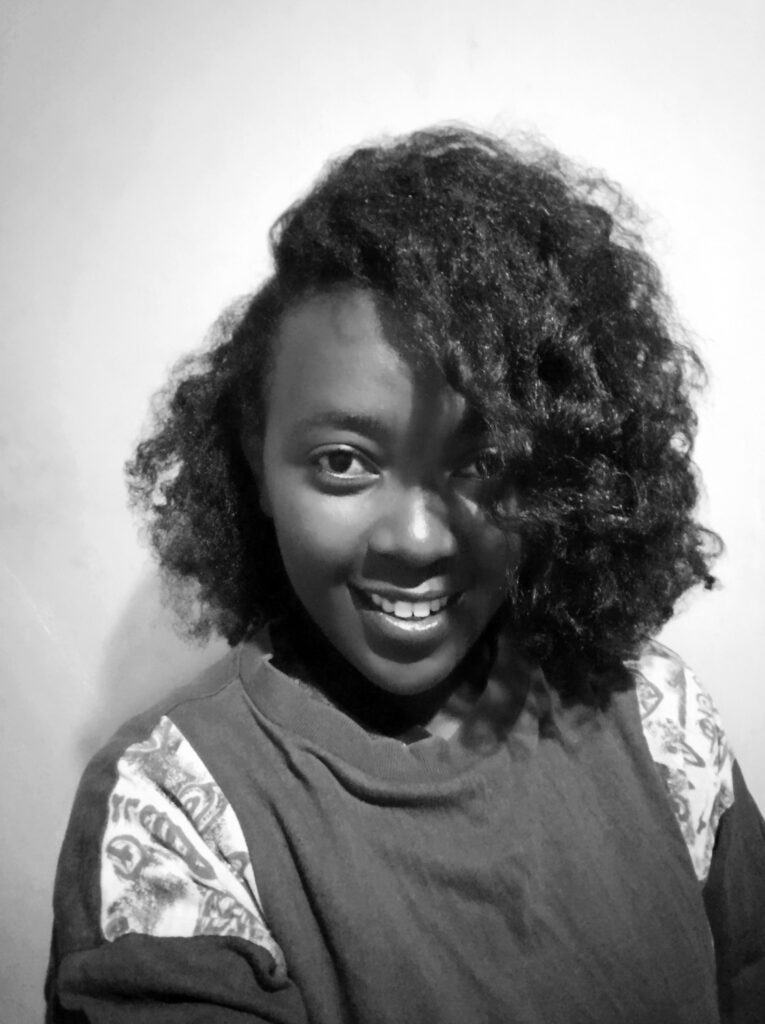
How to Identify Split Ends and Damaged Hair
So, how do you know if your hair is damaged or if you have split ends? Here are some tell-tale signs to look out for:
1. Frayed and Frizzy Ends
One of the most obvious signs of split ends is frayed or frizzy ends. If the ends of your hair look uneven, rough, or feel significantly drier than the rest of your hair, you’re likely dealing with split ends. Healthy hair should have a smooth, uniform texture from root to tip.
Tip: Examine your hair under good lighting and gently pull on the ends. If you notice any strands that look like they’re unraveling or splitting into two or more parts, those are split ends.
2. Excessive Tangles
If you’re finding it increasingly difficult to detangle your hair, especially towards the ends, this could be a sign of damage. Damaged hair tends to catch onto other strands, creating more tangles and knots. Healthy hair, on the other hand, should be relatively easy to detangle with minimal breakage.
Tip: Pay attention to how your hair feels when you’re detangling. If you notice more resistance and more hair in your comb or brush, it’s time to assess the condition of your ends.
3. Thinning Ends
Over time, damaged ends may begin to thin out, making the ends of your hair appear wispy and weak. This happens because split ends can travel up the hair shaft, causing further breakage and thinning.
Tip: Compare the thickness of your ends to the rest of your hair. If the ends look significantly thinner, it’s a sign that they’re damaged and need trimming.

4. Increased Breakage
Are you noticing more hair in your shower drain or on your pillowcase? Increased breakage is a clear sign that your hair is damaged. Breakage often occurs when the hair is dry, brittle, and weakened by split ends.
Tip: If you’re experiencing breakage, inspect the strands to see if they’re breaking off mid-shaft or at the ends. Breakage at the ends is often a sign of split ends that have gone unchecked for too long.
5. Lack of Elasticity
Healthy hair has elasticity, meaning it can stretch and bounce back without breaking. Damaged hair, however, lacks this quality. If your hair snaps easily when stretched or feels “stiff” and lacks movement, it’s a sign of damage.
Tip: Perform an elasticity test by gently stretching a strand of hair. If it breaks easily or doesn’t return to its original length, it’s time to assess the health of your hair.
When to Cut Your Damaged and Split Ends
Now that you know how to identify damaged hair and split ends, the next question is: When should you cut them? The answer is simple—sooner rather than later. Here’s why:
1. Prevent Further Damage
Split ends, if left untrimmed, can travel up the hair shaft, causing more breakage and damage. This can lead to a significant loss of length over time, as the split ends continue to work their way up. By cutting them off early, you prevent further damage and preserve the health of the rest of your hair.
Tip: Regular trims (every 3-6 months) are key to preventing split ends from getting out of control. Even if you’re trying to grow your hair out, trimming a small amount regularly will help you retain length in the long run.
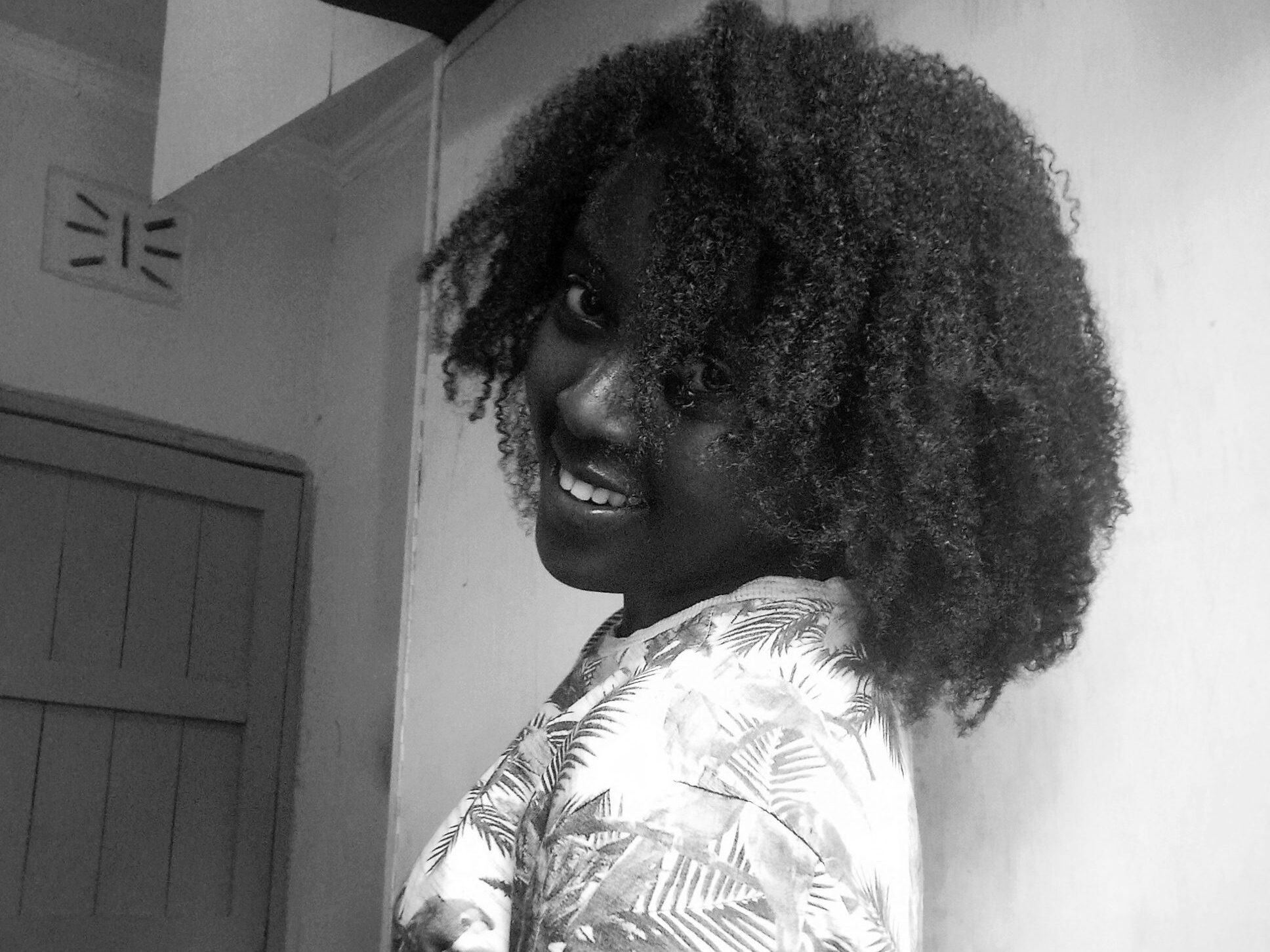
2. Improve Hair Appearance
Cutting off damaged ends instantly improves the appearance of your hair. Your hair will look healthier, fuller, and more polished. Those frayed, dry ends will no longer be weighing your hair down, allowing it to move more freely and retain moisture better.
Tip: Don’t be afraid to trim as much as needed. While it might be hard to say goodbye to length, it’s better to have healthy, shorter hair than long, damaged hair.
3. Enhance Hair Growth
It may sound counterintuitive, but regular trims can actually promote healthier hair growth. When you remove split ends, your hair is less likely to break off, allowing it to grow longer over time. Plus, healthy ends are better at retaining moisture and nutrients, which is essential for growth.
Tip: Incorporate regular trims into your hair care routine as part of your long-term hair growth strategy. You’ll be surprised at how much healthier your hair will grow when you keep those ends in check.
4. Easier Styling
Damaged and split ends can make styling your hair a nightmare. They can cause your styles to look uneven, frizzy, and lackluster. By trimming off the damage, your hair will be easier to style and will hold styles better.
Tip: If you’re struggling to achieve a smooth, defined twist-out or braid-out, it might be because of your damaged ends. A fresh trim can make a world of difference in how your styles turn out.
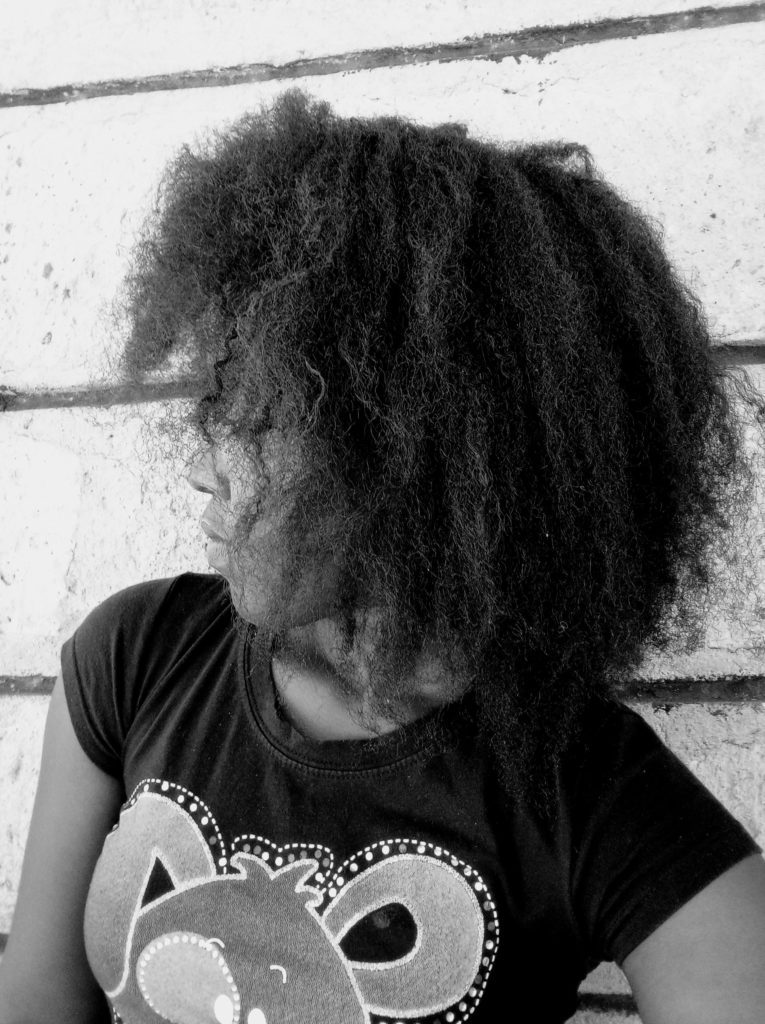
How to Maintain Healthy Ends
Now that you know how to spot and when to cut damaged ends, let’s talk about how to prevent them in the first place.
1. Moisturize Regularly
Dry hair is more prone to damage and split ends. Keep your hair moisturized by using a leave-in conditioner and sealing with an oil or butter. Deep condition regularly to give your hair the hydration it needs.
2. Handle with Care
Be gentle with your hair, especially when detangling. Use a wide-tooth comb or your fingers to detangle from the ends up, and avoid harsh brushing or combing.
3. Protect Your Hair
Protect your ends by wearing protective styles like braids, twists, or buns. Use a satin or silk scarf or bonnet at night to reduce friction and prevent breakage.
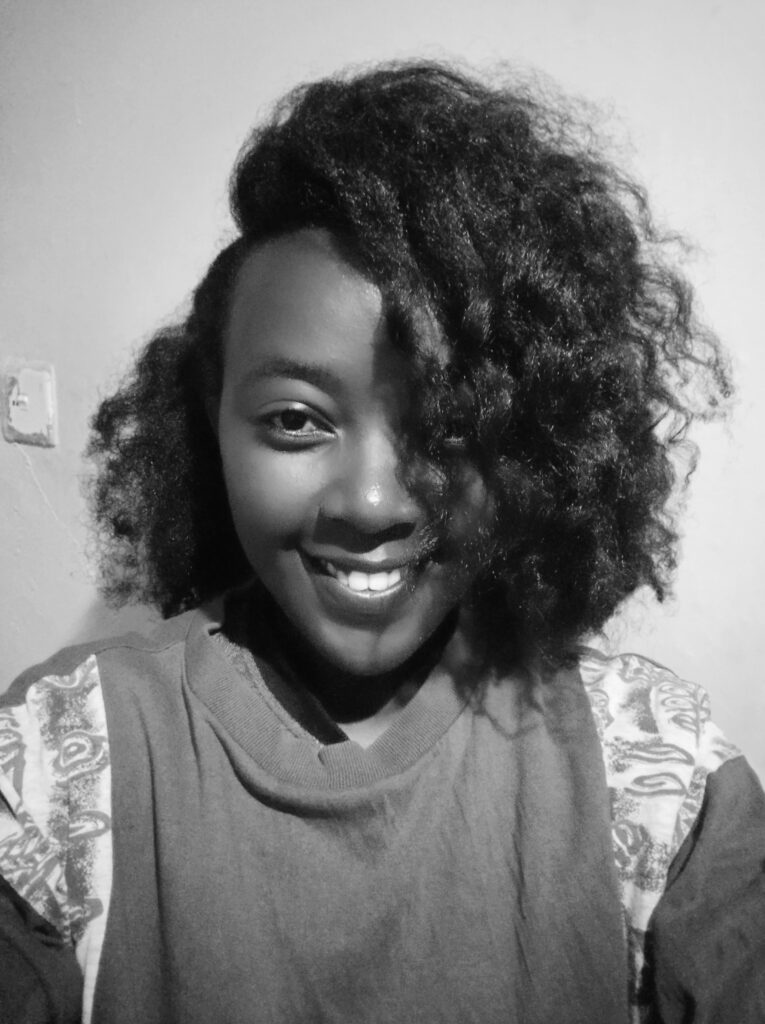
4. Avoid Excessive Heat
Heat styling tools can cause damage if used too frequently. If you must use heat, always use a heat protectant and opt for lower heat settings.
5. Trim Regularly
As mentioned earlier, regular trims are essential for maintaining healthy ends. Don’t wait until you see split ends—trimming proactively can keep your hair in top shape.
Taking care of your natural hair is a journey, and part of that journey involves knowing when to let go of damaged and split ends. By regularly assessing the health of your hair, trimming when necessary, and adopting healthy hair care practices, you can keep your natural hair looking and feeling its best.
Remember, healthy hair is happy hair. Don’t be afraid to give your hair the TLC it deserves, even if it means trimming a few inches. Your hair will thank you for it in the long run.
Got any tips for dealing with damaged or split ends? Share them in the comments below! Let’s keep the conversation going and support each other on our natural hair journey.

